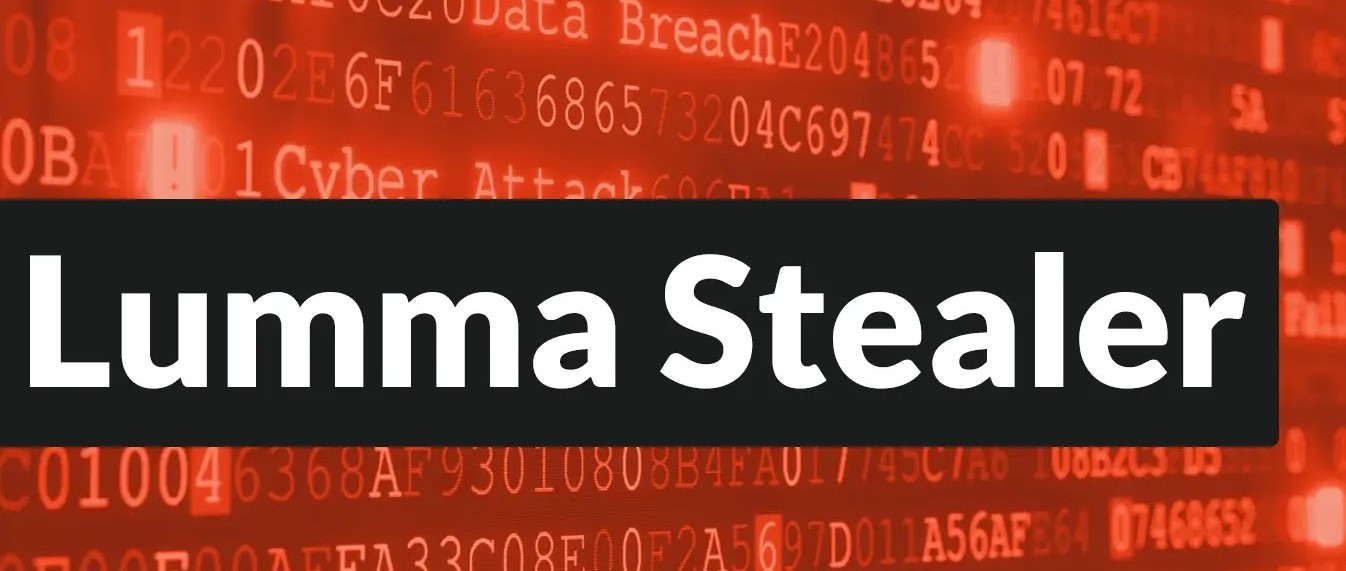
Lumma Stealer Via Fake Cracked Software Steals Login Credentials and Private Files
Unmasking Lumma Stealer: The Deceptive Threat Lurking in Cracked Software
The cybersecurity landscape is a relentless battleground, and even after significant takedowns, resilient threats like Lumma Stealer demonstrate their ability to adapt and resurface. Following a brief period of quiet introspection prompted by May’s multinational disruption of its infrastructure, Lumma Stealer’s command-and-control (C2) telemetry has once again illuminated our monitoring screens. This renewed activity signals a dangerous evolution: the information-stealing malware has shifted its distribution tactics, moving away from overt marketplace promotions to leverage more insidious channels, thereby expanding its victim base with alarming efficiency. Its primary vector? Counterfeit software installers.
This post delves into the resurgence of Lumma Stealer, exploring its updated attack vectors, the extent of its capabilities, and crucially, the actionable strategies individuals and organizations can deploy to safeguard their sensitive data from this pervasive threat.
The Evolution of Lumma Stealer: A Strategic Rebrand
Once a prominent fixture in underground forums, Lumma Stealer has undergone a strategic transformation. Its developers have opted for a lower profile, eschewing direct advertising in favor of embedding the malware within seemingly legitimate, yet illicit, software distributions. This means that users seeking “cracked” versions of popular applications, productivity suites, or games are unwittingly exposing themselves to a sophisticated information stealer.
The decision to bundle Lumma within fake installers is a calculated move. It leverages common user behaviors and a false sense of security associated with pirated software. Victims, in their pursuit of free access to premium software, inadvertently execute malicious code designed to exfiltrate their private information.
Lumma Stealer’s Modus Operandi and Targeted Information
Upon execution, Lumma Stealer operates stealthily, designed to pilfer a wide array of sensitive data. Its primary objective is credential harvesting, targeting:
- Strong>Login Credentials: From web browsers, saving user IDs and passwords for online banking, social media, and various web services.
- Strong>Cryptocurrency Wallets: Keys and seed phrases, leading to potential financial losses for cryptocurrency holders.
- Strong>Private Files: Personal documents, images, and other sensitive files from the compromised system.
- Strong>Session Cookies: Allowing attackers to bypass multi-factor authentication and gain unauthorized access to online accounts.
- Strong>System Information: Gathering details about the victim’s machine, which can be used for further targeted attacks or sold on dark web marketplaces.
The malware’s ability to exfiltrate such a broad spectrum of data makes it a significant threat to both individual privacy and corporate security. While specific CVEs for Lumma Stealer are typically associated with its distribution methods or vulnerabilities it exploits, the malware itself is a proprietary threat. For general information on common vulnerabilities exploited by info-stealers, one might reference broader categories such as those found on MITRE’s CVE database, however, Lumma’s strength lies in social engineering via malicious installers.
Remediation Actions: Protecting Against Lumma Stealer
Defending against Lumma Stealer, particularly given its disguised distribution method, requires a multi-layered approach centered on awareness, preventative measures, and robust security practices.
- Strong>Avoid Pirated Software: This is the most critical and straightforward defense. Never download or install “cracked” or illegally distributed software. These
are prime vectors for malware like Lumma Stealer. Always obtain software from official vendors or trusted app stores. - Strong>Implement Strong, Unique Passwords and MFA: Utilize strong, complex passwords for all online accounts and enable multi-factor authentication (MFA) wherever possible. MFA adds a crucial layer of security, even if your password is compromised.
- Strong>Regular Software Updates: Keep your operating system, web browsers, and all installed applications updated to their latest versions. Software updates often include patches for vulnerabilities that malware could exploit.
- Strong>Use Reputable Antivirus/Endpoint Detection and Response (EDR) Solutions: Deploy and maintain robust antivirus software or EDR solutions. Ensure real-time protection is enabled and that scheduled scans are performed regularly.
- Strong>Exercise Caution with Downloads: Be wary of unsolicited emails, suspicious links, and unexpected attachments. Verify the legitimacy of the source before downloading any files.
- Strong>Regular Data Backups: Periodically back up important files to an external drive or cloud storage. This can help in recovery if your data is compromised or encrypted by other malware.
- Strong>Network Segmentation (for Organizations): For businesses, segmenting networks can limit the lateral movement of malware should one system become compromised.
Tools for Detection and Mitigation
While preventative measures are paramount, certain tools can aid in detection, response, and overall security posture against threats like Lumma Stealer.
| Tool Name | Purpose | Link |
|---|---|---|
| Endpoint Detection and Response (EDR) Solutions | Advanced threat detection, incident response, and behavior monitoring on endpoints. | (Vendor Specific – e.g., CrowdStrike Falcon, SentinelOne, Microsoft Defender for Endpoint) |
| Antivirus Software | Signature-based and heuristic detection of known malware. | (Vendor Specific – e.g., Norton, McAfee, Bitdefender, Avast) |
| Password Managers | Securely store and generate strong, unique passwords. | LastPass, 1Password, Bitwarden |
| Network Intrusion Detection/Prevention Systems (NIDS/NIPS) | Monitor network traffic for suspicious activity and block malicious connections. | (Vendor Specific – e.g., Cisco Firepower, Palo Alto Networks NGFW) |
| Packet Sniffers/Analyzers | Analyze network traffic to identify C2 communication or data exfiltration attempts. | Wireshark |
The Persistent Threat: Staying Vigilant
The resurgence of Lumma Stealer underscores a critical truth in cybersecurity: threat actors are adaptive and persistent. Their ability to pivot from direct marketing to subtle, deceptive distribution methods like fake cracked software highlights the need for continuous vigilance and education. For both individuals and organizations, the lesson is clear: the perceived value of “free” software can come at an exorbitant cost – the compromise of your most sensitive information. Prioritizing legitimate software sources, robust security practices, and perpetual awareness are the cornerstones of defense against such evolving threats.





